G
Guest
Post pics of the largest plant you ever gre w/seen(no hemp).
i know it does seem a little far fetched but he has some technique where he burries the branches thus promoting more roots and whatever. anybody know more about this?
DJ_highst_ said:yes its called serpentine layering, its not far fetched at all. Read the book "Marijuana Botany" by Robert Connell Clarke, great book.peace_highst


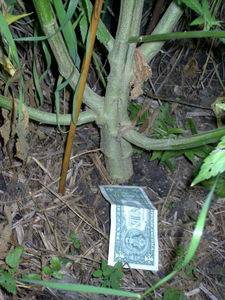
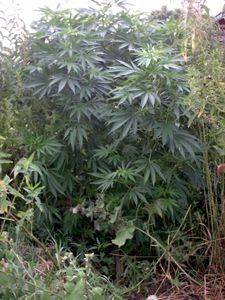

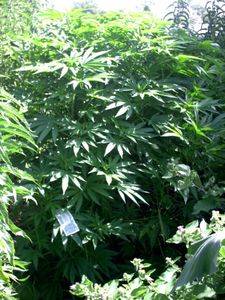


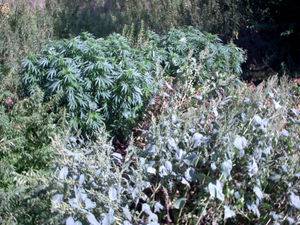


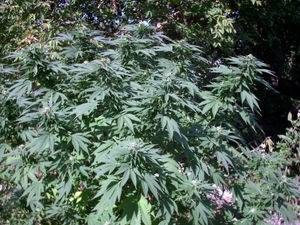
acidfire said:Did you top or train that plant?
How tall was the plant when you started layering?
How many layers did you root?
Also, how long did it take for the layers to root?
